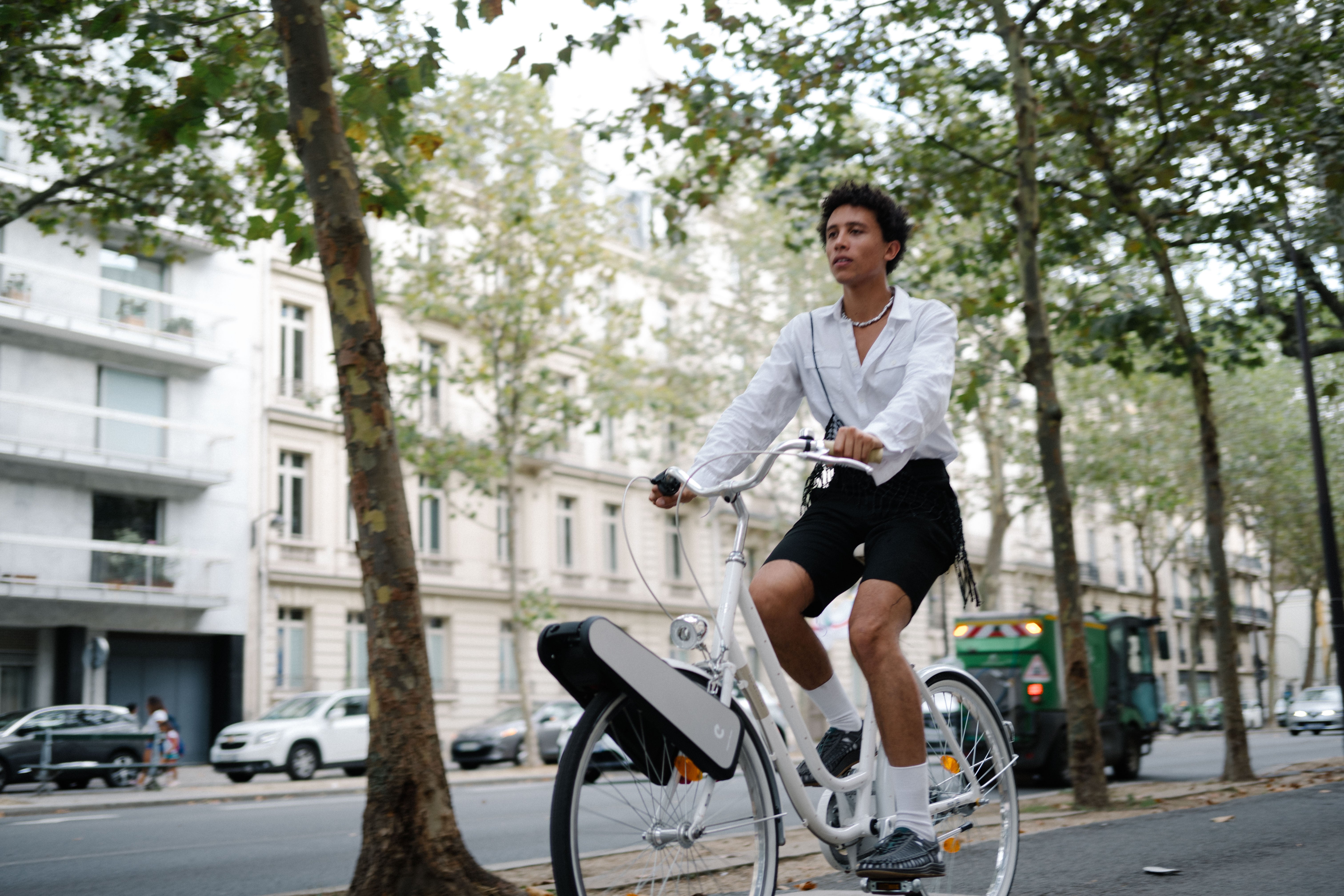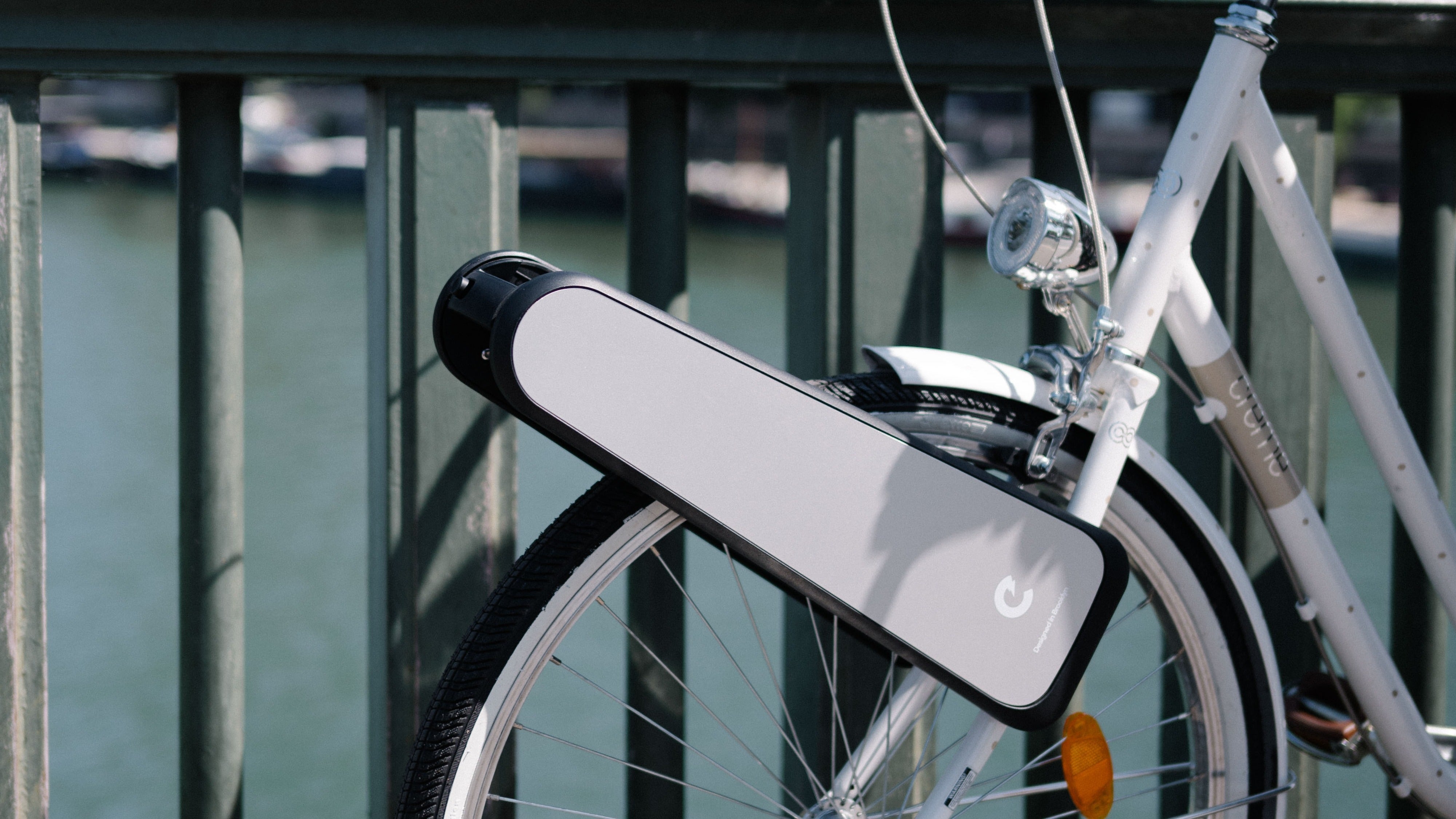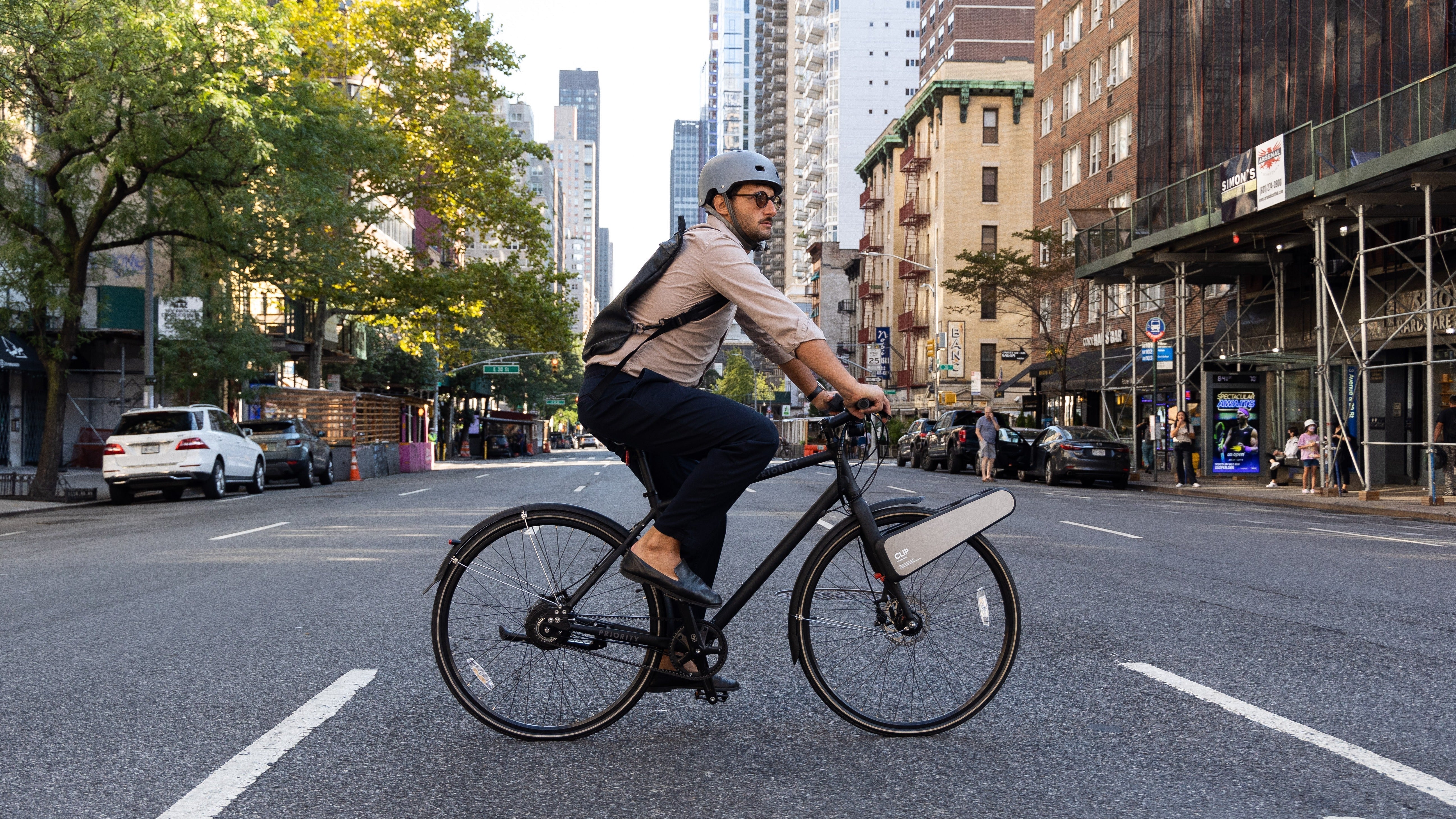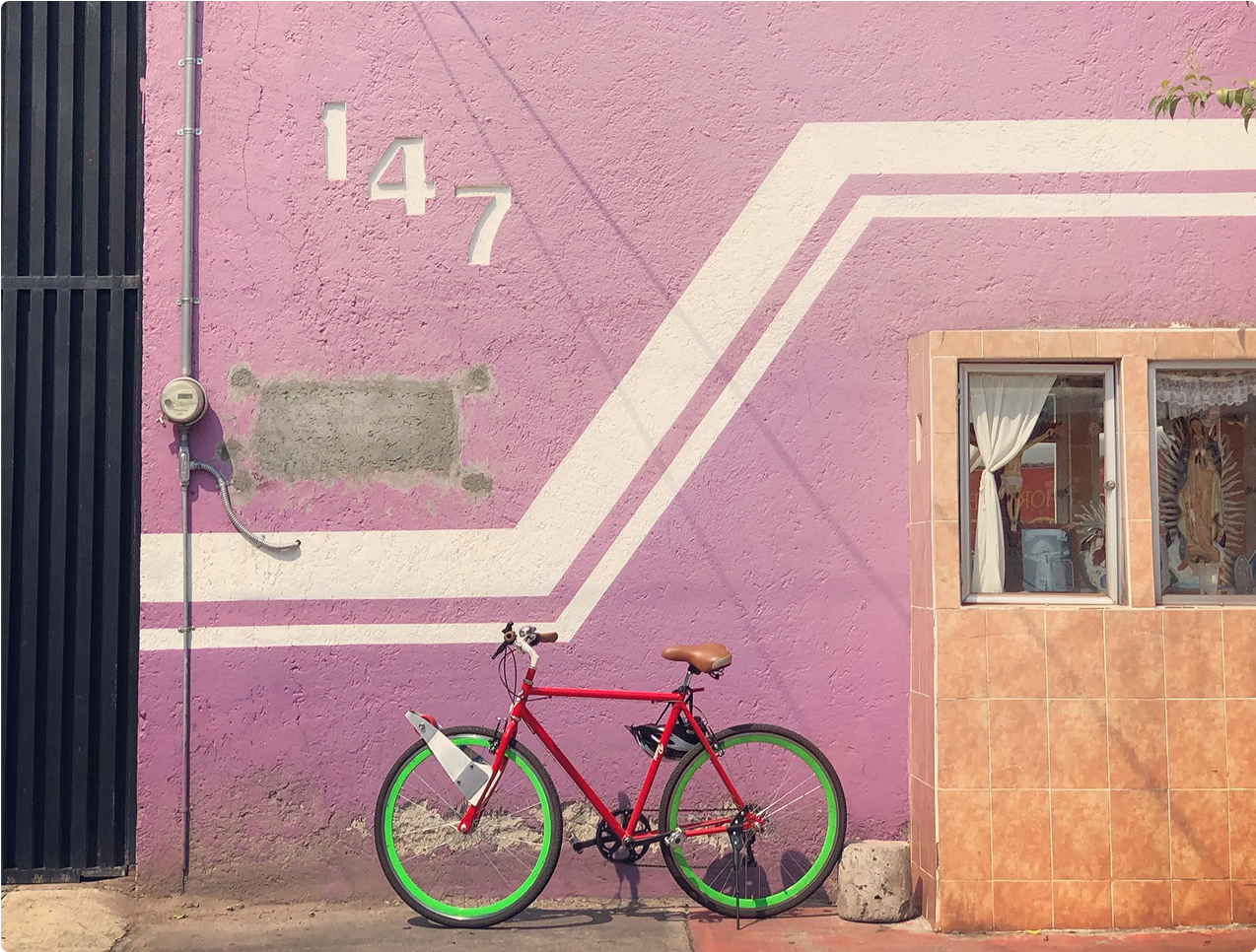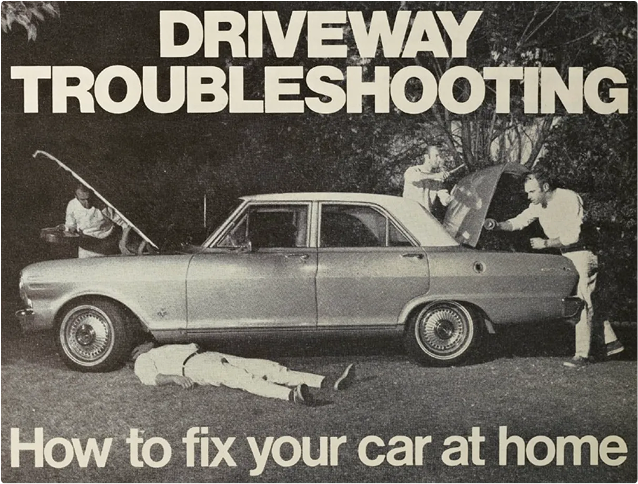Table of Contents
Introduction
Switching from a car to a bike just once a day can reduce your carbon emissions by 67% according to Bloomberg. It’s no wonder more people are embracing biking as a cleaner, greener way to get around. But with the rise of electric options, a new question has emerged: Should you buy a full e-bike or opt for an e-bike conversion kit? In this guide, we’ll explore the pros and cons of each option, explain how they differ, and help you decide which electric ride fits your lifestyle, budget, and commuting habits. By the end, you'll have the clarity you need to make an informed, eco-friendly choice that fits seamlessly into your daily routine.
The Pros and Cons of Owning an E-Bike
Thinking of investing in a full e-bike? Before you commit, it’s important to weigh the advantages and drawbacks of owning an electric bicycle. Whether you're commuting to work or riding for fun, understanding the true benefits of an e-bike can help you decide if it's the right fit for your lifestyle.
Pros Of Owning An E-Bike:
-
Convenience:
E-bikes come fully assembled with built-in motors, batteries, and balanced weight distribution—delivering a smooth, hassle-free ride from day one.
-
Greater Power & Range:
Many e-bikes come with high-capacity batteries and powerful motors that can handle longer commutes and have higher top speed than an e-bike conversion kit.
-
Advanced Features & Technology:
From built-in GPS to smart displays and integrated lights, some modern e-bikes come loaded with features. These upgrades enhance safety, navigation, and overall ride quality.
Cons Of Owning An E-Bike:
-
Overkill for 80% of the jobs:
80% of all Urban commutes are between 3-6 miles. One doesn't need a huge battery and a big expensive motor for this. -
Expensive:
A quality e-bike can cost anywhere from $1,500 to over $5,000. This investment may not be practical for casual riders or those on a tighter budget.
-
Heavier & More Bulky:
With the motor and battery built in, e-bikes can weigh between 40 to 70 pounds, making them harder to carry, store, or transport compared to standard bikes or lightweight conversion kits. Depending on where you live, if you live in an apartment complex, your building may not even allow e-bikes to be stored.
-
More Complex & Expensive Repairs:
Specialized components can be expensive and difficult to fix. You’ll likely need to visit certified e-bike repair shops, which may not be available in all areas.
For more information, check out this Bloomberg article about e-bikes growing in popularity and regulations around them.
The Pros and Cons of Owning an E-Bike Conversion Kit
If you already own a bike you love, or regularly rent/use publicly available bikes, an e-bike conversion kit might be the perfect way to go electric. The question is, is converting your bike better than buying a full e-bike? Let’s explore the pros and cons.
Pros of Owning an E-Bike Conversion Kit:
-
Cost Effective Alternative
CLIP starts at $499 making it way more affordable than a full e-bike. Click here to see our products. Especially because you may already have regular old bike lying around.
-
Easy to Install:
With CLIP you can install it onto your bike with zero tools in less than 10 seconds. Other e-bike conversion kits require tools, changing your wheel, and expensive modifications. Click here to read our guide about comparing other e-bike conversion kits.
-
Portable and Lightweight:
CLIP weighs just 8 - 9 pounds. Take CLIP with you anywhere you go (even on a plane) and easily move it onto any bike you want even shared and rental bikes.
-
Keep the bike you want:
One of our riders told us that they loved their vintage bike, but didnt have the CLIP was the perfect alternative for him and his family. Whatever your reason or having an attachment to your current bike, an e-bike conversion kit can turn your bike into an electric one at a much more affordable price.
Which Electric Ride is Right For You?
Whether you’re leaning towards an e-bike or a flexible, budget-friendly conversion kit, both options offer a smarter, greener way to commute. E-bikes deliver power, range, and premium features, while conversion kits like CLIP provide affordability, portability, and the chance to upgrade the bike you already own.
Key Takeaways:
-
Choose an e-bike if you want an all-in-one, high-performance electric ride.
-
Opt for a conversion kit if you value cost savings, simplicity, and flexibility.
-
Consider your commute distance, budget, storage space, and tech preferences before deciding.
-
Read about a comparison blog by bicycling.com
Leaning towards a conversion kit? CLIP will make your ride a breeze.

